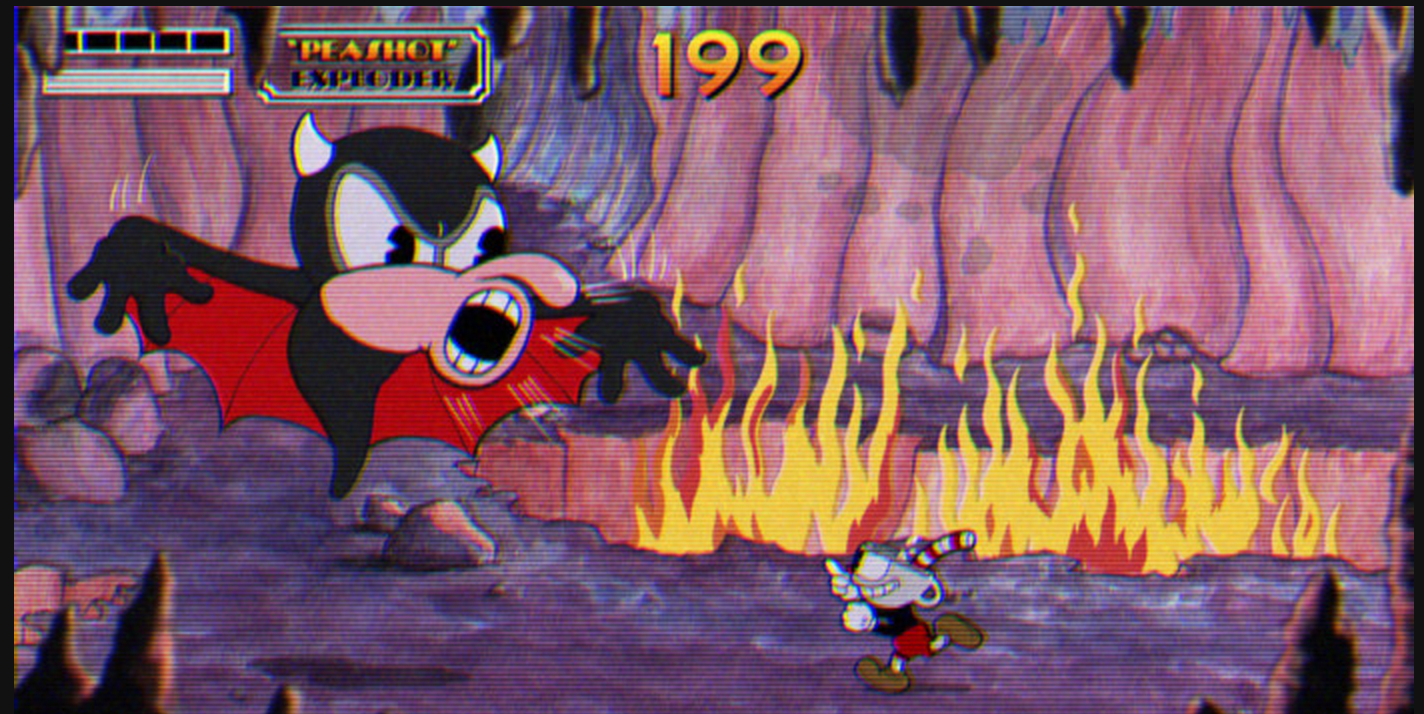Expressive, also known as "non-photorealistic," computer graphics seek conscious stylization over mimesis. The world of animated films has long embraced non-mimetic styles, however relatively few games exhibited bold style after display resolutions and processor throughput became high enough to escape the (pleasant) confines of pixel art and flat-shaded polygons. Some noteworthy big-budget exceptions are
Oni,
Okami,
Another World, Wind Waker,
Prince of Persia, Jet Grind Radio,
Ni No Kuni,
Little Big Planet,
Borderlands,
and
Mirror's Edge.
Our
SIGGRAPH course notes on stylized rendering describe the art history of expressive games, some basic stylized rendering algorithm examples, and case studies of important recent expressive games.
Maintaining a bold style is challenging for games, especially for 3D games, in part because the player can alter the composition and lighting. This creates situations that are visually ambiguous, incongruous, or require a simulated version of lighting. It is also challenging because many natural media styles have no obvious animated or 3D analogue, and because the computational demands of well-done expressive rendering are often paradoxically higher than those of photorealistic rendering when under currently-known algorithms. On the business side, I've experienced first-hand the reluctance of large publishers to adopt expressive graphic styles that have not been as proven as (attempted) mimesis in the market. That is a natural but regrettable risk aversion for the company funding development.
Many small ("indie") developers adopt expressive styles. They already have such astronomical risk that market shrinking is not a consideration (in fact, defining a niche may be advantageous). They have limited art budgets that are often best-stretched to hand-drawn art, and generally weaker rendering systems whose limitations can be disguised by stylization.
Braid,
Kentucky Route Zero, Limbo, Minecraft,
Incredipede, Monaco, Spelunky, PixelJunk Eden, and
Antichamber are a few recent popular expressive indie games.
Games are Art
Games are artworks. Most are not intended as fine art but as popular art, like genre novels, comic
books
, films, television, and music. The $100M and higher budgets of large-scale games require that games be popular art; if they were not, then we could not afford to make them without heavy patronage. Visuals are only one element of the art of video games; audio, controls, narrative, and gameplay (at multiple reward-cycle scales) are others. As with most art, a majority of games are not very good. Many are good, and a few are great. (Most oil paintings were terrible, too. We only see the good ones because the others were destroyed a long ago or are still hidden in painters' closets.)
There have been a number of games that elevate the art of games in various elements.
The Last of Us, Ico, Shadow of the Colossus, Age of Empires, LIMBO, Braid,
Shenmue,
Tearaway,
Portal 2, God of War, Tetris, The Stanley Parable, Journey,
The Sims, and
Gone Home are among these, as are pretty much all games created by Tim Schafer and Shigero Miyamoto. These are also all likely to stand the test of time and are examples I proudly offer to academic colleagues of why I'm excited to work and live in this field.
Visual Art
Some very recent and upcoming (hopefully--even big-budget games often don't ever see the light of day or live up to their potential) indie releases are pushing in new directions with game art visuals. Many of these adopt well-known styles from fine art and explore their extension to interaction. Others innovate with novel styles.
As a survey of these games, below are some screenshots with links to the game developers' web sites.
 |
Miegakure (this game has four spatial dimensions)
|
See also Tom Kail's
new Tumblr image blog on art styles.
This post was cross-posted with the Casual Effects blog.
 Morgan McGuire (@morgan3d) is a professor of Computer Science at Williams College, visiting professor at NVIDIA Research, and a professional game developer. He is the author of the Graphics Codex, an essential reference for computer graphics now available in iOS and Web Editions
Morgan McGuire (@morgan3d) is a professor of Computer Science at Williams College, visiting professor at NVIDIA Research, and a professional game developer. He is the author of the Graphics Codex, an essential reference for computer graphics now available in iOS and Web Editions.






















 Morgan McGuire (@morgan3d) is a professor of Computer Science at Williams College, visiting professor at NVIDIA Research, and a professional game developer. He is the author of the Graphics Codex, an essential reference for computer graphics now available in iOS and Web Editions.
Morgan McGuire (@morgan3d) is a professor of Computer Science at Williams College, visiting professor at NVIDIA Research, and a professional game developer. He is the author of the Graphics Codex, an essential reference for computer graphics now available in iOS and Web Editions.

No comments:
Post a Comment
Note: Only a member of this blog may post a comment.